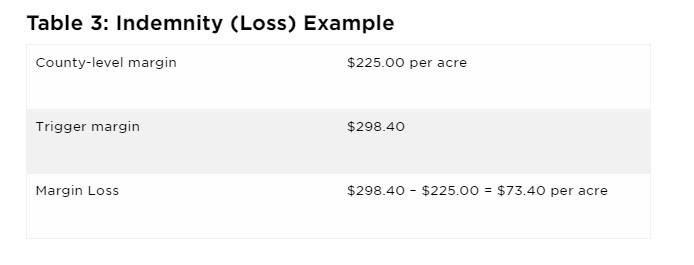By Anna King
In a remote part of southeast Oregon, about the only oasis for a hundred-mile stretch of highway is the Oasis Cafe in Juntura. Travelers come in for hot coffee served in hulking Styrofoam cups, and to gather near the wood stove.
Rancher Glenn Harris, from Drewsy, said this spring’s bitter cold has been devastating for newborn calves.

Ranchers struggle to keep enough fresh hay and bedding down for new calves and their mothers during the recent blizzards across southeast Oregon and much of the West.
“We had about two feet of snow at least, on top of five or six inches of ice,” Harris said of a storm last month. “Those calves are born and they just melt right down to that ice. If you’re not right there, you’re gonna lose ‘em.”
Usually, the mother gives birth on her own without human help and licks the newborn dry. But blizzards make things more complicated: The calves can go from about 100 degrees in the womb to zero — or minus several degrees with wind — and wet coats. Not to mention the more typical risks, like when the calf is too big for the mother’s frame, or the baby is breech.
Harris has a herd of mostly red angus. This year, he said he’s lost around 35 calves. About 25 are injured from frozen joints.
“I mean they can barely walk,” Harris said. “It’s just been a really tough year.”
Tired shovels
We spoke with more than a dozen ranchers for this story, as well as an official from the U.S. Department of Agriculture, two weather experts, and a cattle futures broker. The losses from the cold appear to be widespread.
On some ranches in southeast Oregon, the losses have been particularly staggering. Several ranchers estimated that they’ve lost a quarter of their calves to the cold. There’s no way of knowing the exact number — the USDA’s National Agricultural Statistics Service doesn’t count cattle during the spring — but all told, operators believe thousands of calves may have perished across the Northwest, West and Midwest.
In Oregon last month, temperatures were below average nearly every day. The weather experts — Mary Wister, a meteorologist at the National Weather Service station in Pendleton, and Karin Bumbaco, a researcher with the University of Washington’s Climate Impacts Group — said atmospheric rivers blasting from parts of the Northwest through to the Midwest are partly to blame.
For ranchers, some losses are inevitable. But it’s extremely rare to have so many weather-related deaths.
Linda Owens has a cow-calf operation in McAllister, Montana.
Click here to see more...